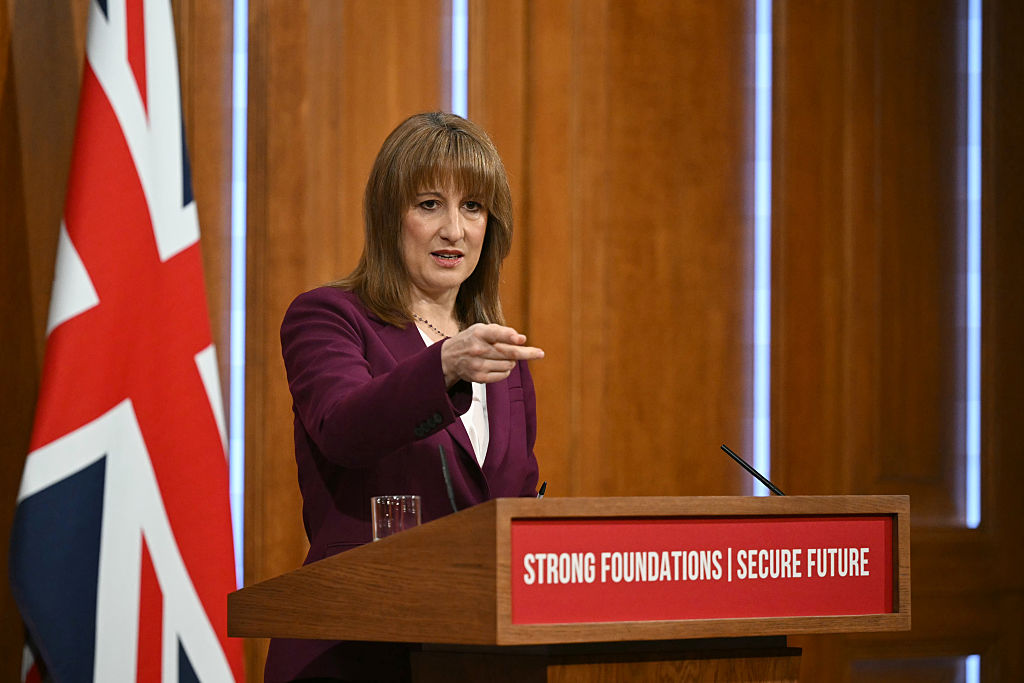Satyajit Das: textbook recipe for an emerging-market crisis
The current turbulence of emerging markets should not come as a surprise to anyone, says Satyajit Das.

The current turbulence of emerging markets should not come as a surprise to anyone, says Satyajit Das on Bloomberg. "The stresses have been building since at least 2013," he says. Back then the "taper tantrum" (a fit of panic that welcomed the Federal Reserve's plans to reduce quantitative easing) took its toll on the "Fragile Five" a term coined by Morgan Stanley to describe the vulnerability of Brazil, India, Indonesia, Turkey and South Africa to capital outflows. Five years on, we may now have a "textbook recipe for an emerging-market crisis".
Such a crisis requires high debt and a domestic credit bubble, as well as a misallocation of capital into uneconomic projects, according to Das. It also requires weak banking sectors, budget deficits and substantial short-term foreign-currency debt (usually debt denominated in dollars that needs to be "rolled over" imminently). Lastly, it requires "narrowly based industrial structures, reliance on commodity exports, institutional weaknesses", and poor political and economic leadership. "Based on these criteria, the number of emerging markets at risk extends well beyond Turkey and Argentina."
Total emerging-market debt grew from $21trn (145% of GDP) in 2007 to $63trn (210% of GDP) last year. Of that debt, around $1.5trn needs to be refinanced in 2019 and the same again in 2020. But "many are not earning enough to meet these commitments" and, worse still, "global liquidity tightening, led by the US Federal Reserve increasing rates and unwinding its bond purchases, reduces capital inflows and increases the cost of borrowing", adds Das. Those stresses are only made worse by current trade tensions and sanctions.
MoneyWeek
Subscribe to MoneyWeek today and get your first six magazine issues absolutely FREE

Sign up to Money Morning
Don't miss the latest investment and personal finances news, market analysis, plus money-saving tips with our free twice-daily newsletter
Don't miss the latest investment and personal finances news, market analysis, plus money-saving tips with our free twice-daily newsletter
It was higher returns on local-currency debt that drew foreign investors to India, China, Malaysia, Indonesia, Mexico, Brazil, South Africa and eastern Europe in the first place. Now, "weakening currencies may drive them to exit, hurting all assets".
Get the latest financial news, insights and expert analysis from our award-winning MoneyWeek team, to help you understand what really matters when it comes to your finances.
Alice grew up in Stockholm and studied at the University of the Arts London, where she gained a first-class BA in Journalism. She has written for several publications in Stockholm and London, and joined MoneyWeek in 2017.
-
 Nationwide promises to protect all its branches from closures until at least 2030
Nationwide promises to protect all its branches from closures until at least 2030The building society has extended its pledge to keep all high street Nationwide and Virgin Money branches open, now until at least 2030.
-
 Could dividend tax nearly double in the Budget?
Could dividend tax nearly double in the Budget?Self-employed directors and investors, including pensioners, who get an income from company shares would be hit if the rumoured move to hike dividend tax goes ahead.